Once-a-Week Budget Meal Prep – Use All 3 Methods to Save
This website may earn commissions from purchases made through links in this post.
A step-by-step guide to a once-a-week budget meal prep that will save time and money without taking up the weekend + budget-friendly meal ideas.
“You’re hungry again? Didn’t you eat yesterday?!”
Can you relate?
When three meals a day, plus snacks, seven days a week feels like a bit of a…drag?
When you want to feed your family healthy home-cooked meals but by golly, you could use a night off!
There’s a way to eat home-cooked whole foods and save time.
The trick is meal prepping – spending a small amount of time on Sunday (or your preferred day) to prepare budget-friendly meals for the week ahead.
In this article, I’ll share everything you need to know about meal prepping: how to get started, what you need, and how to make the most of your time without spending all weekend in the kitchen.
Because that would totally defeat the purpose of preparing food in advance to save time.
So without further ado, here’s how to meal prep on a budget.
5 Reasons Why Meal Prepping Will Make Your Life Better
But isn’t meal prepping going to ruin your Sunday?
Here’s the thing.
You don’t need to spend all Sunday preparing food for the week. I certainly don’t want to spend Sunday in the kitchen.
But an hour or two can save you double or triple that time during the week.
Exactly how much time you spend meal prepping will depend on the type of prepping you do.
There’s Not Just One Type of Meal Prep…Use All Three Types to be Super Efficient
There are three key meal prep strategies.
You can use one or two, but if you want to maximise your organisation and enjoy flexibility with your meals, then why not give all three a go?
Here are the three strategies in a nutshell:
- Fill the freezer with family-sized meals that can be reheated during the week – great for busy nights or when you don’t feel like cooking. Defrost, reheat, and serve.
- Pre-cook individually portioned meals that can be reheated – this is the Instagram version of meal prepping. It’s great for single people, couples, work lunches, people who don’t mind eating the same thing every day, or people trying to portion-control what they eat.
- Pre-prepare fresh food by washing, chopping, marinating etc., so that it’s all ready to be cooked each night. This method saves you time while still allowing you to eat freshly cooked meals each night. (I’ll share some easy one-pot recipes that are great for this).
I’ll cover more about how to do each of these meal prep methods and share some recipes later in the article, but first…getting started.
The Essential Equipment You’ll Need to Successfully Meal Prep
Basic Meal Prep Equipment List
Storage containers or freezer bags
(optional – microwave/oven safe for reheating)
Masking tape and a Sharpie for labelling
A sharp knife
2-3 cutting boards
General cooking equipment
If you’re going to prep and store food, you’ll need containers.
What containers?
If you want to reheat food, your container will need to be either oven-safe, microwave-safe or both.
Tempered, oven-safe glass containers are great for meals you want to reheat. Just remove the lid, cover with foil and reheat your meal in the oven or cover with a damp paper towel to reheat in the microwave.
If you already have casserole dishes and microwave containers, save money by using what you have.
Save space by choosing containers that stack! Square and rectangle-shaped containers take up less room than round ones.
If you use a microwave and you want to save money, look for BPA-free plastic containers that are microwave-safe. Keep an eye out for when containers go half-price at the supermarket. They usually do it every couple of months.
For storage when you don’t want to reheat food, you can use the glass containers above, stainless steel containers, or for a cheaper option, BPA-free plastic containers or recycled glass jars.
For freezing, you can use containers or freezer bags, which are not so environmentally friendly, but they do save space in the freezer.
Liquid expands when it’s frozen, so leave a little room in your containers. This is especially important if you’re freezing in glass jars. Jars can smash if you don’t leave room for liquid to expand.
You’ll also need a marker to label your containers and some masking tape.
A couple of cutting boards and a good sharp knife will make prepping vegetables quick and easy and prevent cross-contamination.
Helpful but Optional Appliances that Can Save Time
Apart from containers, you don’t need special equipment to successfully meal prep.
However, there are some appliances that can speed up the process. You don’t need all of them, but one or two, depending on what you like to cook and eat, can save you time and electricity. They include:
- a slow cooker
- a rice cooker or Instant Pot (or similar)
- an air fryer
- a blender or stick blender
- a food processor
The best tip is to start where you are and use what you have. As you get into meal prepping and you find you want to do more of it, gather equipment slowly. Meal prepping is all about making life easier, so don’t make it harder by increasing clutter!
Before You Begin – How to Make Meal Prepping Easier
Start with a clean kitchen.
It will save time and stress if you’re not cooking in a chaotic kitchen.
Organise your fridge and freezer so there’s plenty of room.
Clear the benches and sink.
Empty the dishwasher or put some hot soapy water in the sink to clean as you go.
Finally, a good playlist, audiobook or podcast will make the time in the kitchen more enjoyable.
Five Steps For Efficient Meal Prepping
Now that you’ve done the groundwork, you’ve got your containers ready, and your favourite tunes lined up, it’s time to put meal prepping into action with this five-step plan. The four steps are:
- Plan your meals
- Shop for groceries
- Plan your process
- Prep and clean
Make life easier by spreading the meal prep process over a few days: planning one day, shopping another, and meal prepping on a third.
Breaking it down into separate steps and making it routine reduces our mental load, makes it easier to fit into our busy schedules, and makes the whole process go more smoothly.
Step One: Plan Your Meals For the Week

It goes without saying:
Prepping in advance is impossible without a plan.
So the next step is to plan your meals for the week.
Start with recipes you already know so the meal-prepping process is easy. You don’t want to be juggling multiple new and difficult recipes all at once.
When looking for meal prep recipes, consider:
- meals you can bulk cook and freeze
- meals you can prep ahead and cook on the night
- meals you can individually portion
I cover all of these methods with recipe ideas below.
You can use Evernote or Pinterest to collect recipes, or you can use a meal-planning app. With an app, you can collect recipes, create meal plans, and write shopping lists all on your phone or computer. It’s pretty handy.
And if you’re looking for a step-by-step guide to making meal planning super easy, a plan that helps you eat healthy within your budget, check out my eBook Plan Cook Save.
Save Money on the Groceries eBook
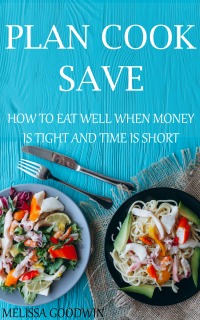
For more ways to meal plan and save money on groceries, check out the eBook Plan Cook Save: How to Eat Well When Money is Tight and Time is Short.
*Learn how to set the right grocery budget for your circumstances.
*Find out the easiest and quickest way to reduce the grocery bill.
*Discover a meal planning strategy that will only take you a couple of minutes a week but will save you hours.
Try to pick meals that use similar ingredients. For example: ground beef for tacos one night and cottage pie another night. That way, you can bulk buy and save.
If you need sour cream for tacos one night, look for another recipe that will use up the leftover sour cream so it doesn’t get wasted.
Meal prep idea: cook a roast in the slow cooker for shredded chicken or pork for sandwiches, wraps, pizza, salads, tacos and other easy meals.
Supercharge your organisation by planning and pre-prepping lunches, snacks, and breakfasts.
You don’t have to go all out – I wash salad and grate cheese etc., so making my kid’s school lunches is easy in the morning.
Step Two: Grocery Shop
As you plan your meals, write a grocery list. Double-check your recipes to make sure you don’t forget anything.
(You don’t want to waste time shopping more than once).
Then check you’ve got all you need for breakfasts, lunches and snacks.
Finally, check your staples: toilet paper, washing powder, toothpaste…all the things you need but might not have made it to the list yet.
Then go shopping or shop online and have the shopping come to you.
To make meal prepping easier, wash and store vegetables when you unpack your groceries.
Step Three: Write a Prep Plan
Don’t be tempted to skip this step.
Pro chefs write and follow a work plan because cooking is quicker and easier when you have a written plan.
A scribble on a scrap piece of paper is all you need to make your meal-prepping session flow seamlessly.
Here are some tips for meal prepping:
Here’s a suggested prep outline, but adjust it to your recipes and schedule:
- Pre-wash and soak dry beans if using (may need to be started the day before).
- Start any food being cooked in the slow cooker.
- Get any baking in the oven.
- Put on some eggs to boil.
- Wash and prep vegetables and salad and portion in containers.
- Chop, portion, and prepare meat. Freeze for later.
- Pre-cook meat if needed.
- Prepare sauces.
- Pre-cook grains and beans for the next couple of days.
- Cool, wrap and freeze any freezer meals.
Step Four: Get Prepping
Now it’s time to put on your playlist, fire up the cooker and show off those knife (or food processor) skills.
Make sure you’ve got your recipes at hand so you can refer to them as you need, and then simply follow the prep plan you wrote down.
You will thank yourself for taking the five minutes to write it out because prepping will be so much easier, and you can focus on your favourite tunes, the latest Dan Brown novel or perfecting your French.
The Recap
- Gather your recipes.
- Create a meal plan.
- Shop for groceries.
- Create a meal prep plan.
- Plan to spend just an hour or two on Sunday prepping, not the whole day.
- Don’t try and do it all! Start small and prep just one or two meals in the beginning. Plan as much or as little as works for you.
- Use convenience ingredients and cheat meals where you need to save time.
- Don’t forget to make Sunday night’s meal at the same time to avoid the ‘I’ve cooked all day, let’s have pizza now’ scenario.
Freezer-Friendly Meals That are Great for Meal Prepping

Save time making freezer meals by preparing a double or triple batch.
Most freezer meals will last in the freezer for three months, so you don’t have to be eating the same meal every day or even every week.
Stews, casseroles, pies (or pie filling), curries, and soups all make great freezer meals. Most slow cooker meals can be frozen in batches.
If you prefer not to spend your Sunday afternoon cooking, use the cook once, eat many times method of filling the freezer. With this method, you cook a meal at night as normal, but you double or triple the amount and freeze the leftovers in meal-size portions.
A freezer full of food with no extra effort!
When freezing meals that include cream, sour cream or yogurt that is added at the end, leave the dairy out to freeze. Set aside the amount you want to freeze, then add the dairy. When reheating frozen leftovers, reheat first, then add the dairy at the end.
Freezer-Friendly Meals That are Great for Meal Prepping
Carrot and Sweet Potato Soup with Coconut milk
This vegan sweet potato and carrot soup is spiced with cumin and creamy from coconut milk, making it the perfect winter comfort soup.
Slow-Cooker Bone and Barely Broth
Don't throw away the bones. Make this frugal soup instead with barley and vegetables. Made in the slow cooker to save you time.
Beef Mince Bake with Brown Rice and Vegetables
Beef mince casserole with brown rice, vegetables and crushed tomatoes.
Old-Fashioned Tuna Casserole
This tasty old-fashioned tuna casserole is cheap and easy to make from pantry staples. Freeze in portions for easy mid-week family meals. I usually get two meals from this dish for a family of 4.
Moroccan Style Chicken Stew with Chickpeas and Cous Cous
This easy version of a Moroccan style stew doesn't compromise on flavour. Packed with vegetables for a healthy and delicious meal. The sultanas add little bites of sweetness to the dish.
Sausage and Bean Stew
Looking for frugal comfort food? Sausage and bean stew will fill you up without draining your budget. It's full of veggies so healthy too.
Slow Cooker Lamb Neck Stew
This underutilised piece of meat is tastier than it sounds and very cheap.
Crispy Potato-Topped Cottage Pie
This recipe uses one potato to top the cottage pie because that's all I had and I wanted to show how to stretch ingredients when you realise you don't have enough for a recipe.
Tuna Patties with Hidden Vegetables
These tuna patties are bulked up with grated vegetables, giving them a health boost.
Beef Rissoles
While some may think of these as poor man's steak, these beef rissoles hold their own by being full of flavour. You can also hide a few veggies in them too, great if you need your kids to eat more veg.
Cheap Chilli Beef and Beans with Mince
Tasty, cheap and versatile, this chilli minced beef and beans will save you money. Serve on rice or on corn chips topped with cheese for nachos.
Simple Beef Curry with Curry Powder
A tin of curry powder can be a tasty and versatile pantry staple. Here's a simple beef curry recipe that uses curry powder and other staples.
Spaghetti Bolognese
A basic bolognese sauce can be made in large batches ahead of time and frozen for super-easy mid-week meals.
Homemade Chicken Nuggets
Enjoy oven-ready chicken nuggets with hidden veggies and without all the nasties by making and freezing your own.
Hidden Vegetable Meatballs
Kids love meatballs - not so much their veggies. Hide extra vegetables in these meatballs to up the nutrition.
One-Pot Savoury Mince
Savoury mince is a frugal childhood comfort food that can be cooked in a single pot. Put as many or as few veggies in as you have on hand.
You might also like to check out: Homemade Oven-Ready freezer Meals for Busy Nights.
Meal Prepping Individual Meals
This is what many people think of when they think of meal prepping – individually portioned meals in containers that can be eaten as is (salads) or reheated in the microwave.
This meal prep method is a favourite of weight loss sites and Instagram influencers. It works great for busy individuals, couples, or for work lunches.
Use the 1 + 1 + 1 + 1 method to build your meals.
That means:
- One protein like chicken breast or thigh, salmon, lamb steaks, pork steaks, tofu or beans.
- One starchy food like rice, sweet potato, quinoa, potatoes.
- One (or a few) vegetable or salad items; and
- Flavouring like marinade, sauce, herbs or spices.
Pre-cook several portions of protein using your favourite spices, marinades or flavourings.
For example, I like to slice open chicken breast to make a couple of thinner pieces and marinate it in a combination of olive oil and spice mix OR some pesto. Then I cook the breast in the air fryer or oven before dividing between meals.
Pre-cook your vegetables either by steaming them or roasting them. Alternatively, you can use salad that doesn’t need cooking.
Besides marinating and baking chicken breast, I also like to cook a whole roast chicken, pork shoulder, or beef shoulder in the slow cooker and shred the meat for a wide variety of meals like pasta, enchilladas or pizza, or to simple serve alongside a grain like rice and some salad. Cooked, shredded meat can also be frozen in portions for later. See the recipe towards the end of the article for details.
Cook your starch. I love cooking a mix of rice and quinoa in the rice cooker. A rice cooker automatically switches off so I can focus on prepping other items while the rice cooker does its thing.
Then divide into individual containers for perfect portion control, ready to be reheated through the week.
Conveniences that can make meal prep easier
Spice or seasoning mixes
pre-made marinades
pre-made salad dressings
garlic in a jar
ginger in a jar
rice pouches for the microwave
frozen vegetable mixes
dips like hummus
pre-made raw muesli
protein powder
If you’re using sauce or dressing, put that in a separate container for easy transportation to work.
For lots of recipe ideas for this kind of meal prep, check out FlavCity. These recipes also have reheating instructions.
Don’t forget food safety! Cooked foods need to be consumed within three to four days, so keep this in mind when prepping meals for the entire week ahead.
3. Pre-Prepping Fresh Food For Later
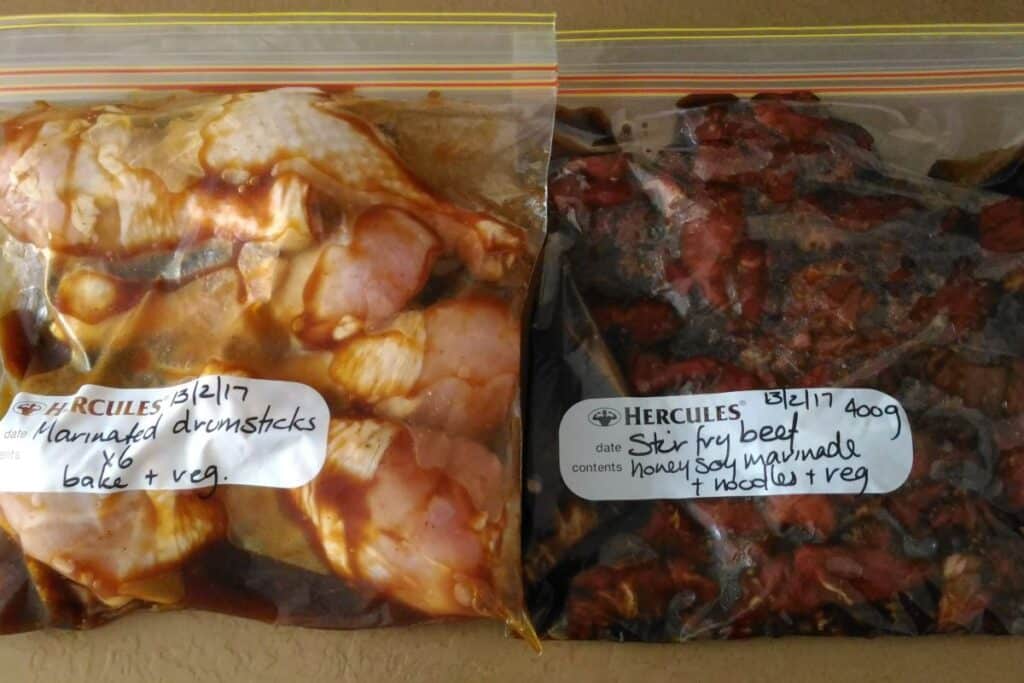
You don’t need to pre-cook a whole week’s worth of meals to get the benefit of once-a-week meal prepping.
You can still save a ton of time by pre-washing and pre-cutting salad and vegetables for the week, chopping, portioning and marinating meat and pre-cooking grains and beans etc.
Then when it comes time to cook each night, all the prep work is done, making it so much easier and with less washing up as well!
Other Meals You Can Prep Ahead Besides Dinners
Snack Meal Prep. Try baking a batch of muffins, portioning yoghurt, making your own trail mix, boiling some eggs and slicing vegetables to have with dip.
Breakfast Meal Prep. Overnight oats and pre-made frozen smoothie bags make for quick and healthy breakfasts.
Lunch Meal Prep. Leftovers make great lunches but also try individually portioned meals (above) or salad in a jar.
Meals To Prepare Ahead
Slow Cooker Pork Shoulder
Cook this cheap cut of meat in the slow cooker for melt-in-the-mouth roast meat. Eat as a roast with vegetables or turn into pulled pork and freeze in portions for dozens of recipe variations.
Savoury Muffins
Whip up a batch of savoury muffins for lunchboxes or morning tea treats when you don't want sweets. I like to cut these in half and toast them in the sandwich press and top them with butter for breakfast.
Tasty Vegetable Fritters
These easy vegetarian fritters make a great lunch or light dinner. Add a poached egg and a green salad to round out the meal.
Zucchini and Sweet Potato Fritters
Enjoy these healthy and full-flavoured vegetable fritters for a light lunch.
Chocolate Overnight Soaked Oats
These soaked oats are both delicious and nutritious. Full of fibre to fill you up in the morning with a cheeky hint of cocoa for a chocolate treat without the sugar.
Easy Bircher Muesli
Wake up to a healthy breakfast with this super easy Bircher muesli. I make a large batch that will last for a few days.
Healthy Wholemeal Pancakes
Enjoy pancakes for breakfast or after-school snacks by making a batch of batter and keeping it in a jug in the fridge.
Sausage Strata
A great way to use leftovers and inexpensive ingredients, sausage strata is both filling and tasty, great for breakfast, lunch, & dinner. Best made the day before or at least one hour ahead of time.
Beef and Vegetable Stir Fry
This quick and easy mid-week meal stretches a little bit of meat to feed many. Lots of vegetables as well as a tin of water chestnuts for extra fibre and something a little different.
Creamy One Chicken Breast and Vegetable Recipe
This creamy chicken breast and vegetable recipe is a homemade "Chicken Tonight" simmer sauce take off. Lots of flavour without any additives.
BAKED TANDOORI CHICKEN AND VEGETABLE PILAF {COOKED IN THE RICE COOKER}
This baked tandoori chicken and vegetable pilaf is inexpensive and very easy to cook. Throw the chicken in the oven and cook the pilaf in the rice cooker!
Lemon and Thyme Chicken Drumsticks
Chicken drumsticks are inexpensive and can be served up in a variety of ways. Lemon and thyme are a classic combo that's elegant as well as delicious.
Easy One Dish Tray Bake Pesto Chicken and Vegetables
Every busy parent needs fast, easy, healthy meals that the kids will eat. This one-dish baked pesto chicken ticks all the boxes - ten minutes prep time!
Portuguese Style Chicken Drumsticks
Make cheap chicken drumsticks un-boring with a tasty marinade. This Portuguese chicken drumsticks inspired recipe really hits the spot.
Sticky Marinated Chicken Drumsticks
Pre-marinate and freeze these sticky drumsticks for an easy mid-week meal. Just defrost and bake in the oven and serve with rice and steamed greens.
Chicken Drumsticks in a Spicy Yoghurt Marinade
Dress up plain and boring chicken drumsticks with a spicy yoghurt marinade. You can leave out the chilli for the kids.
Cheat's Apricot Chicken Recipe
An easy version of Apricot chicken using apricot nectar and french onion soup mix.
You might also like Meal Box Delivery Review – Four Boxes Compared.
Life is busy. You’re trying to do it all. As much as I would like to say to slow down, simplify, and do less, I know that’s not always practical.
[Hashtag: reality.]
The alternative is becoming a little more organised (and cheat when you need to).
Meal planning and meal prepping is an organisational super strategy for feeding yourself or the family while saving time, saving money and still eating healthy, home-cooked meals.

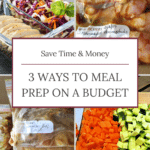



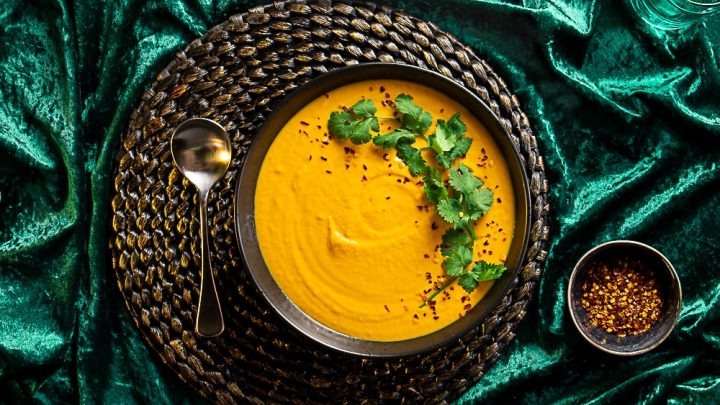
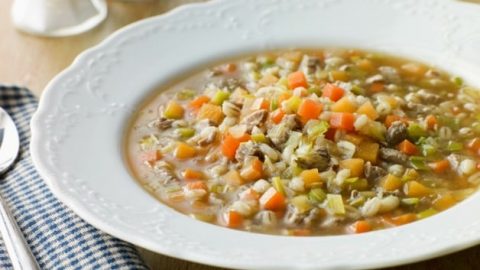
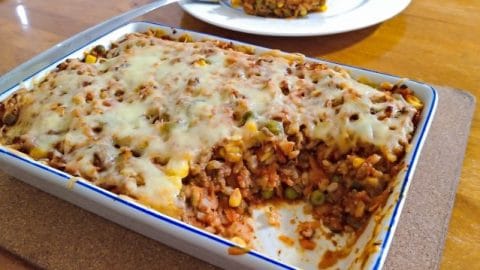
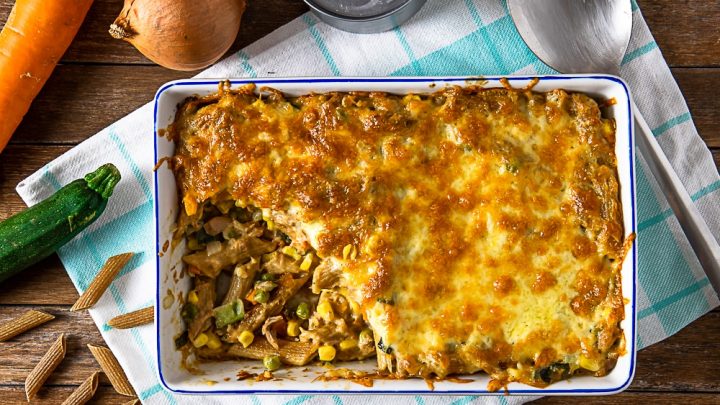
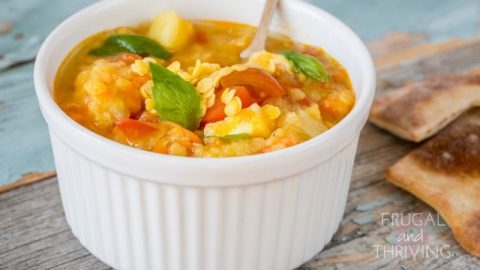
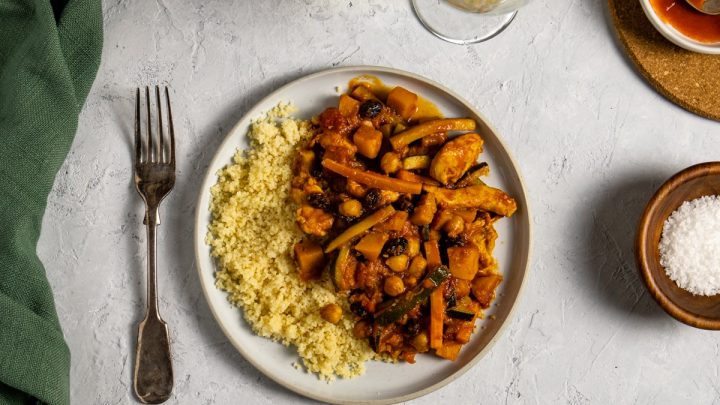
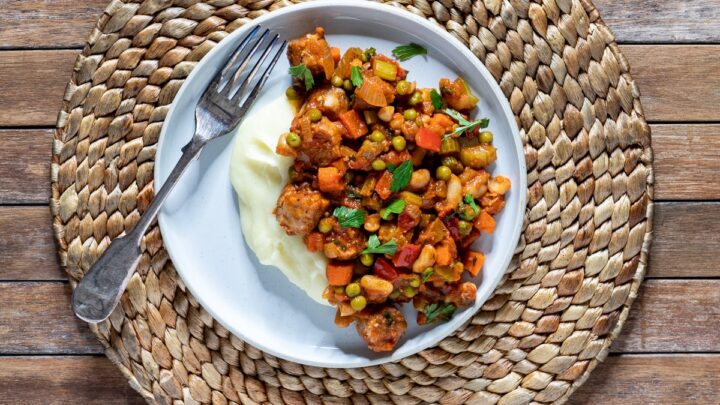
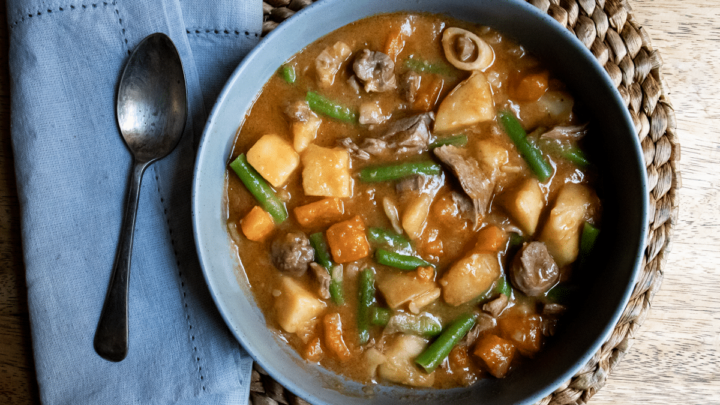
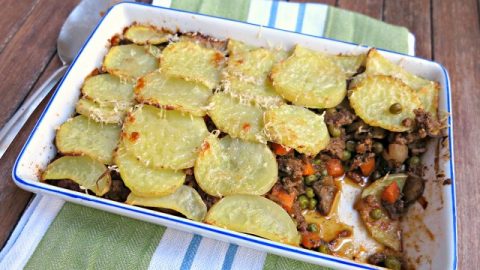
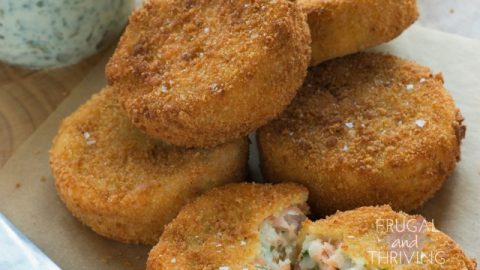
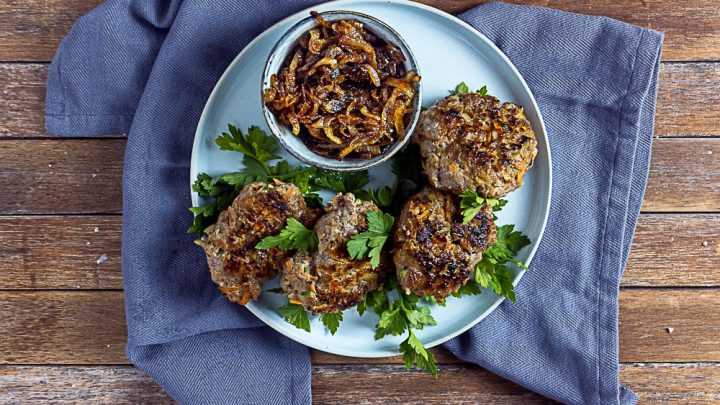
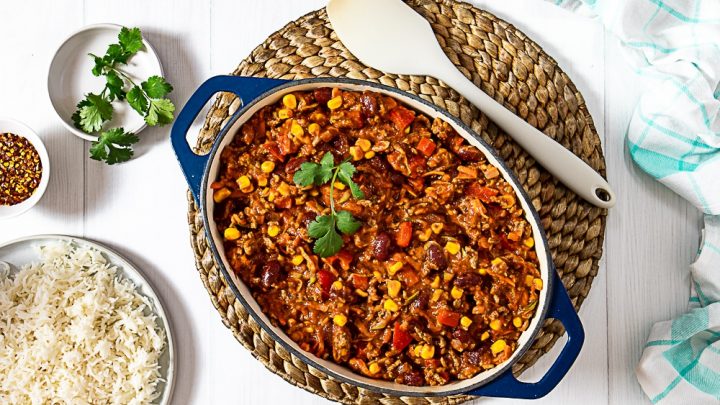
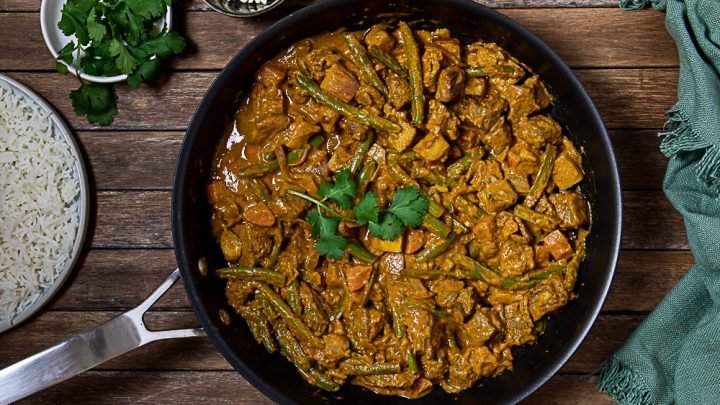
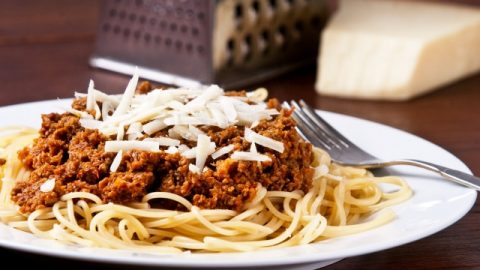
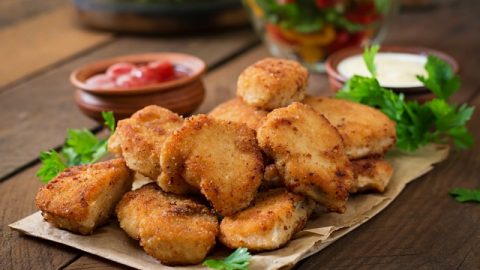
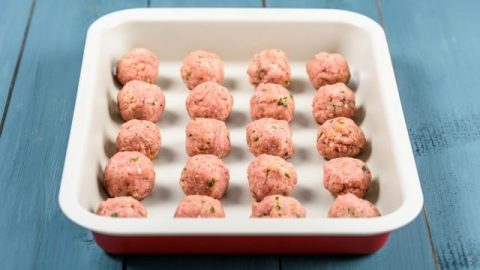
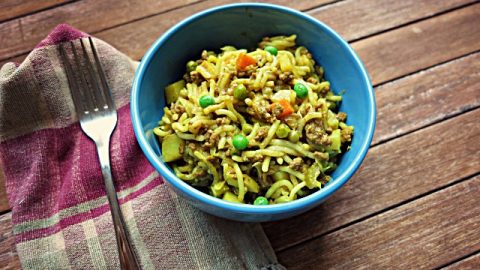
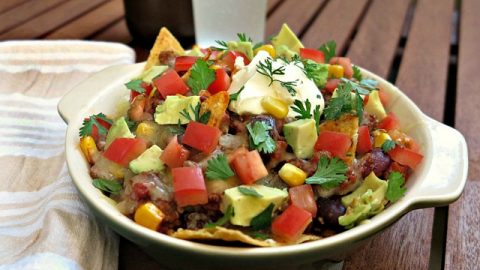

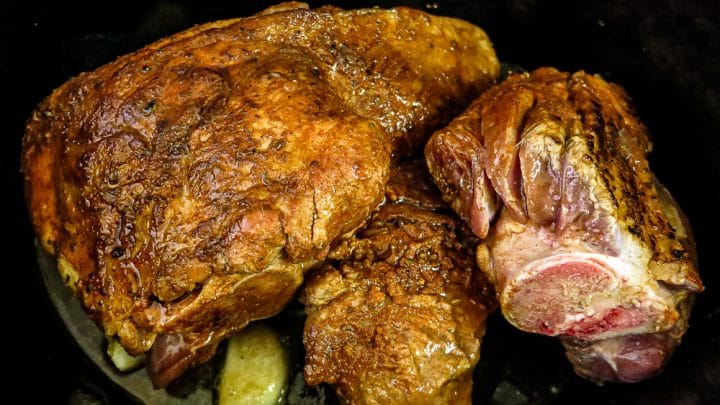

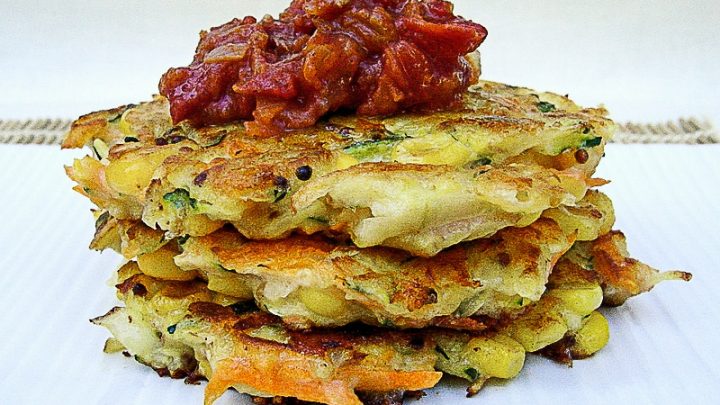
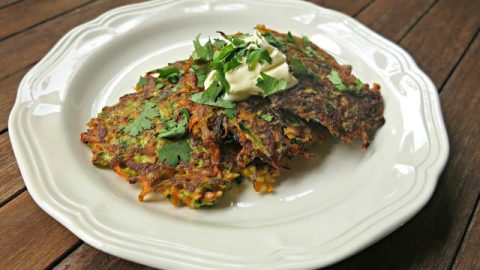
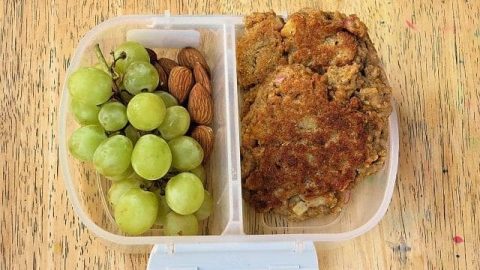
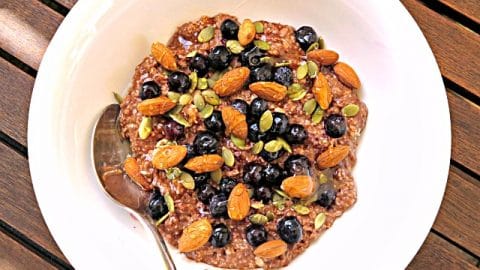
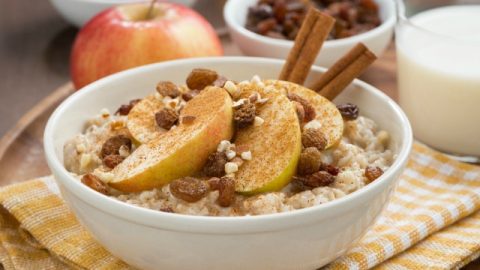
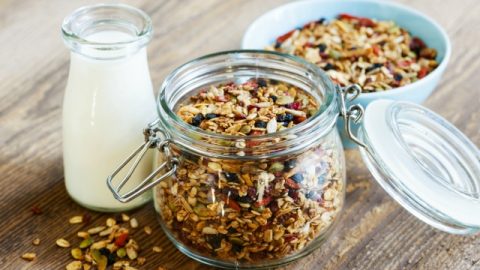

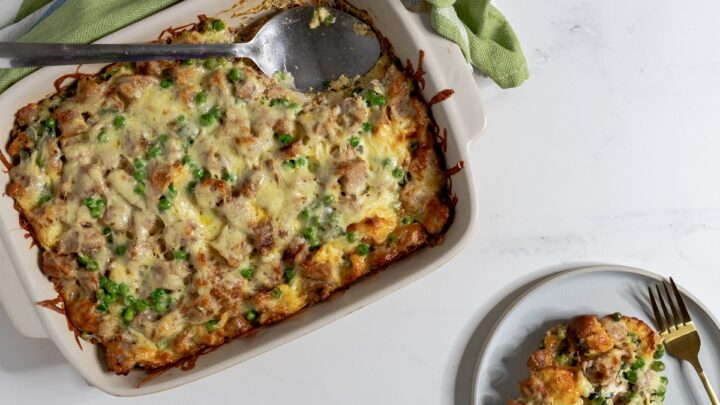
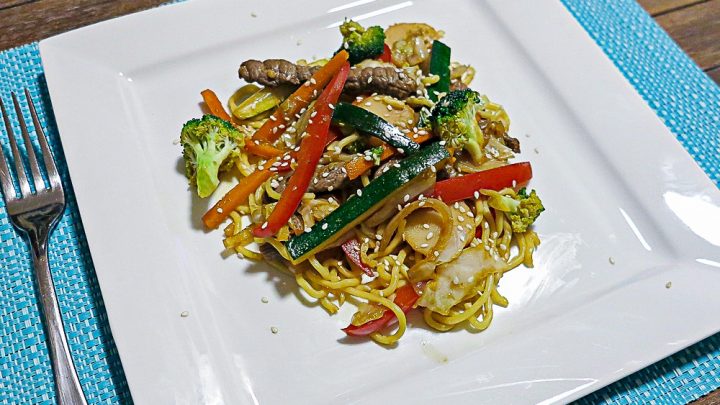
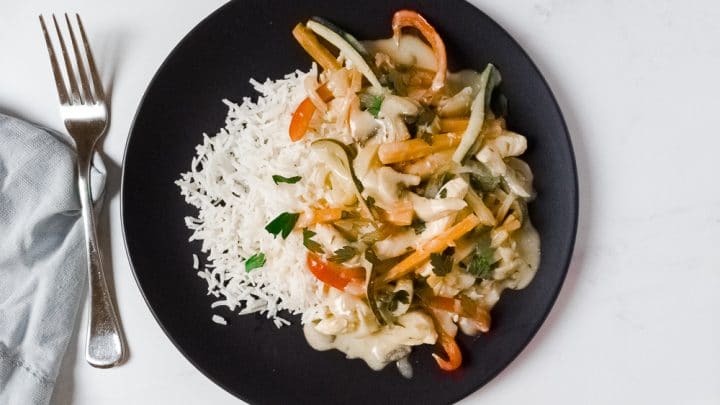
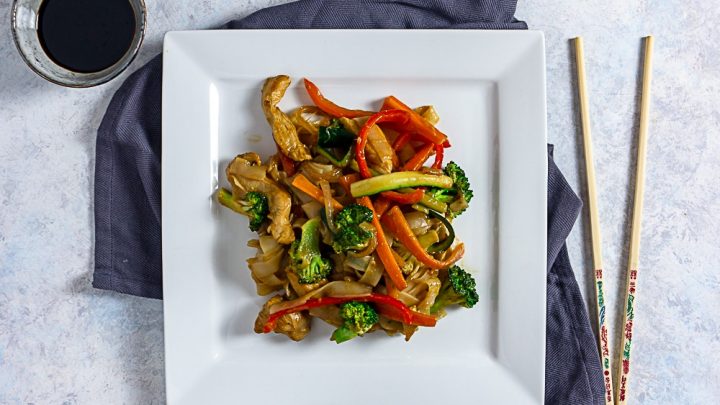
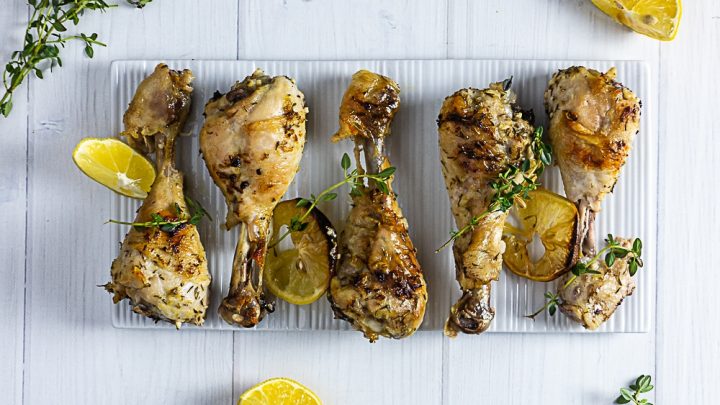
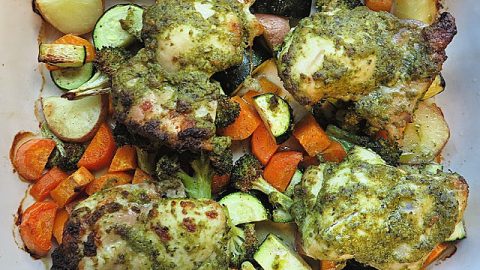
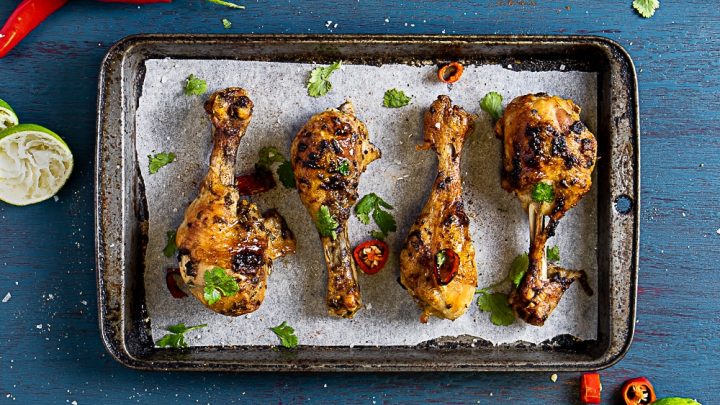
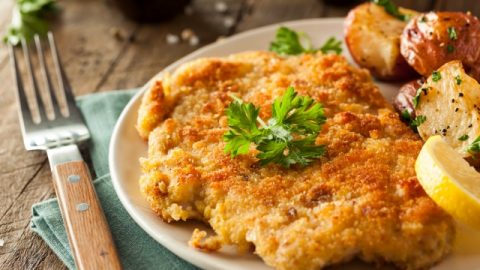
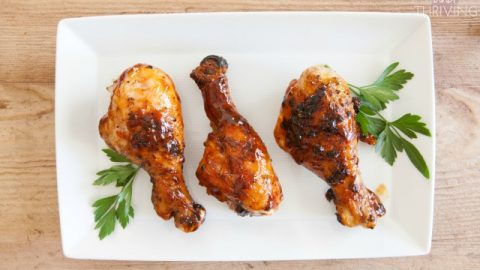

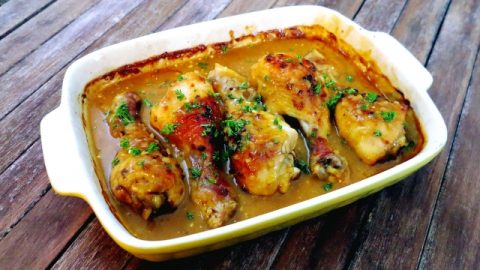
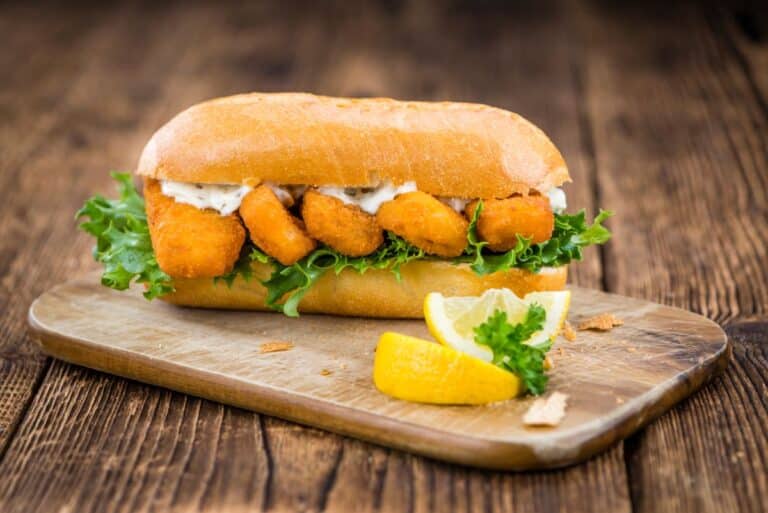
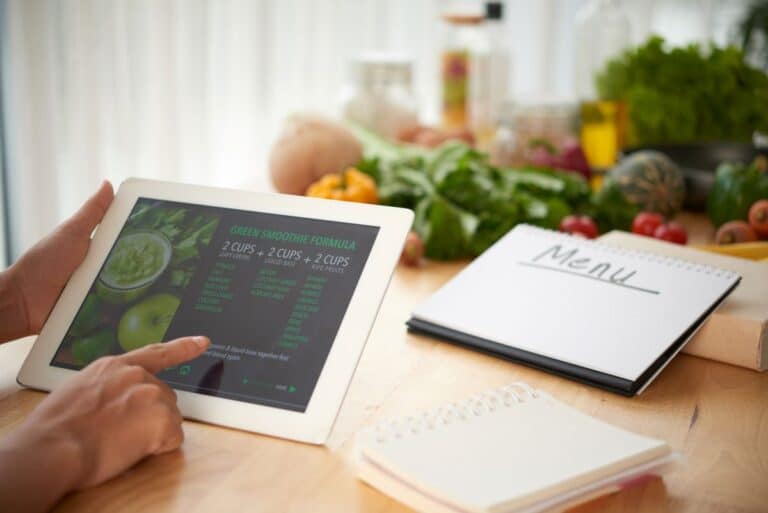
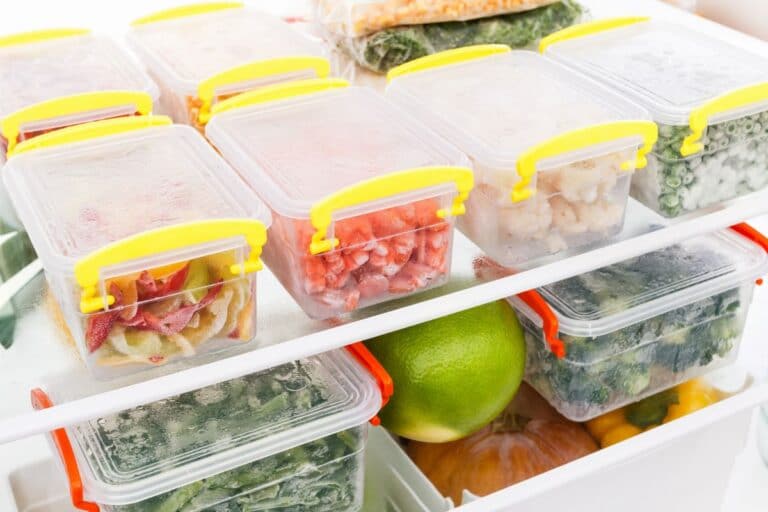
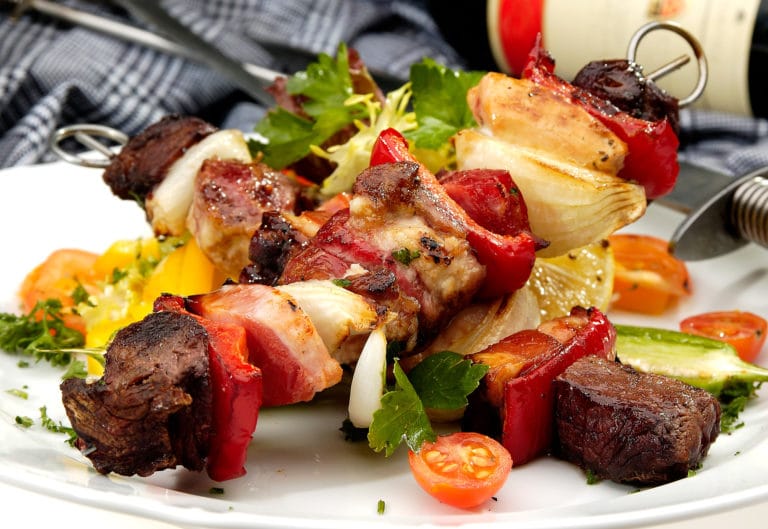
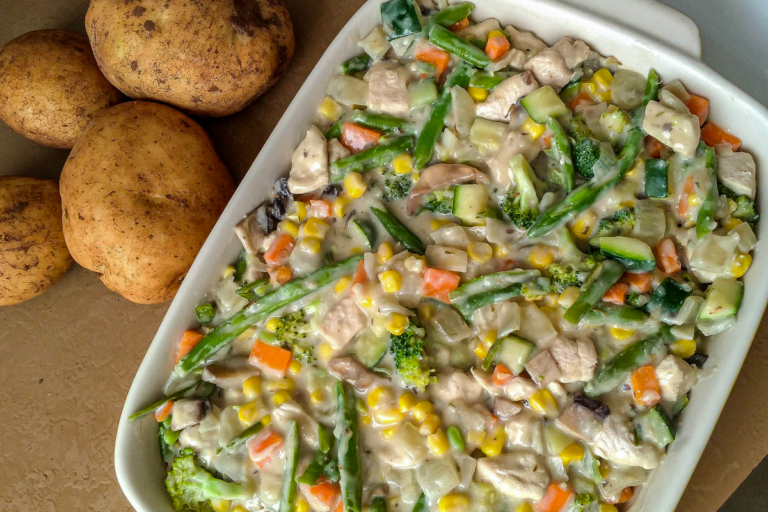
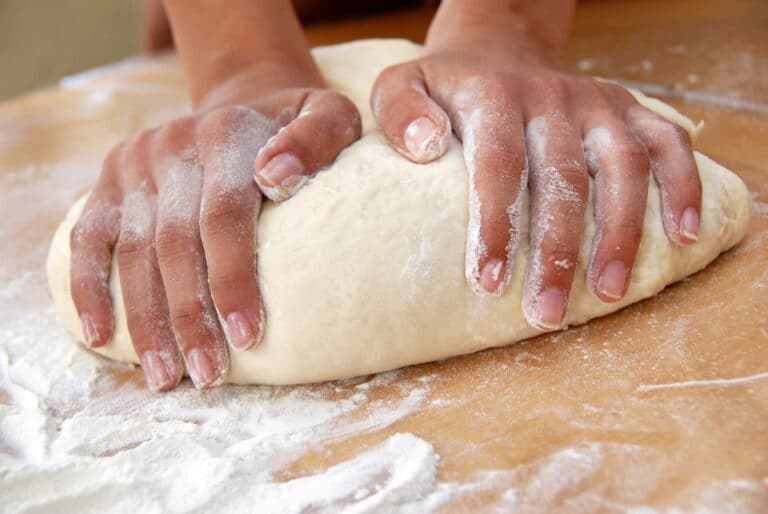
Very practical and helpful as I get started!